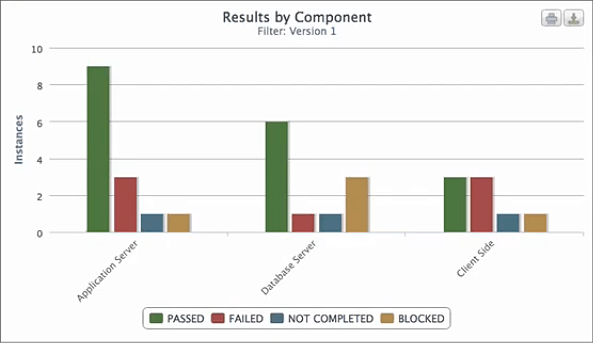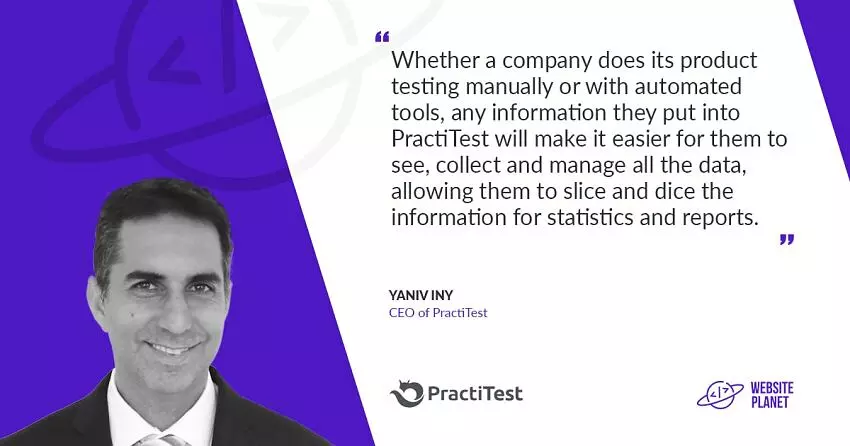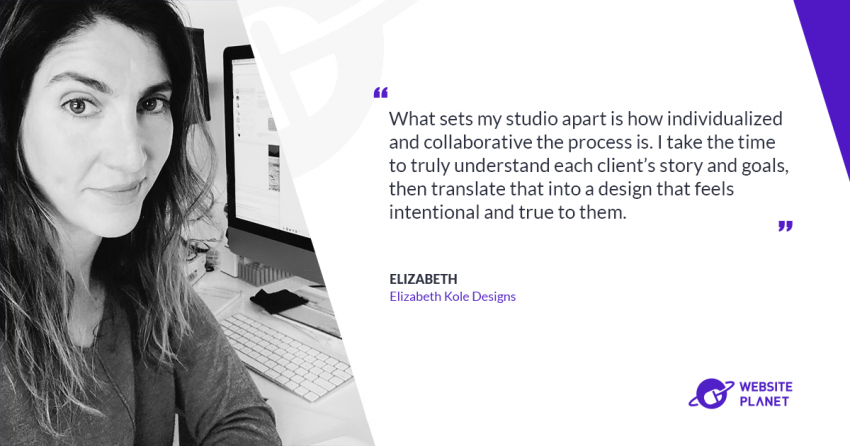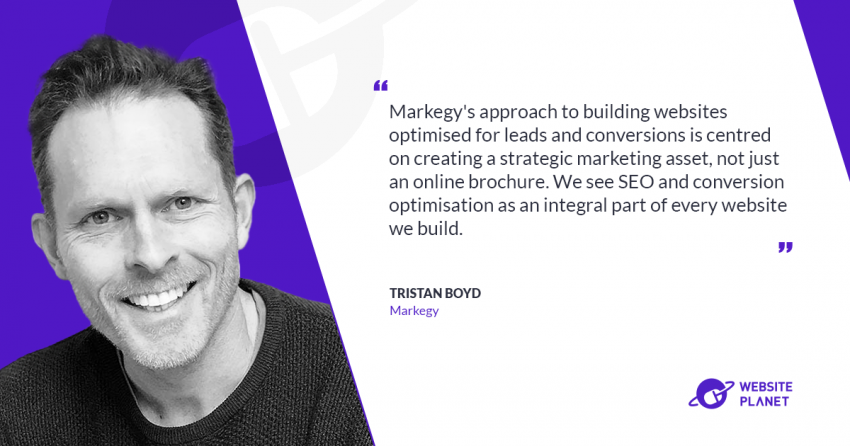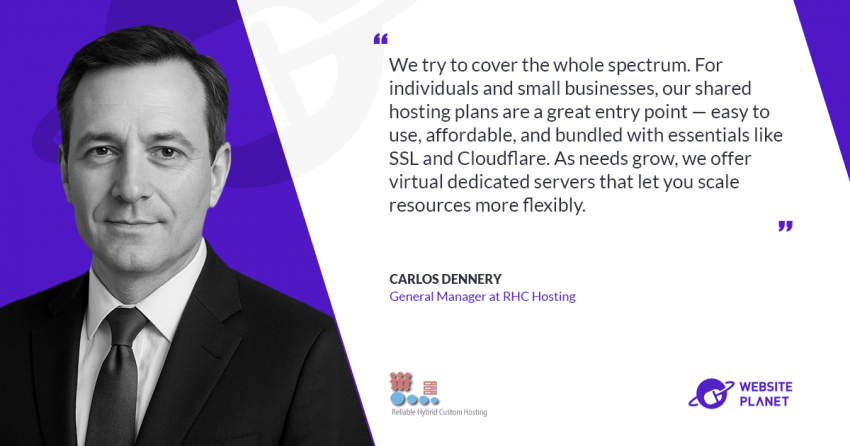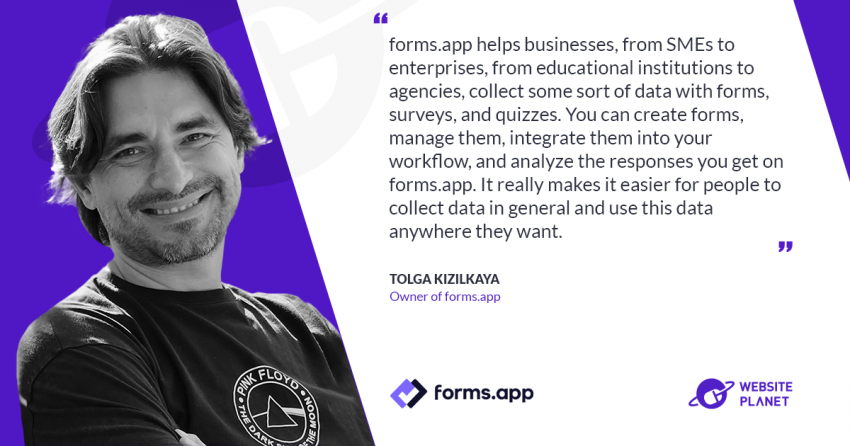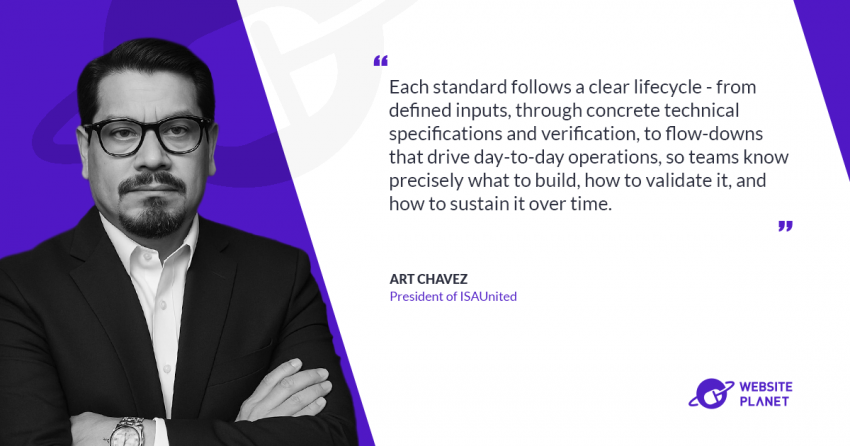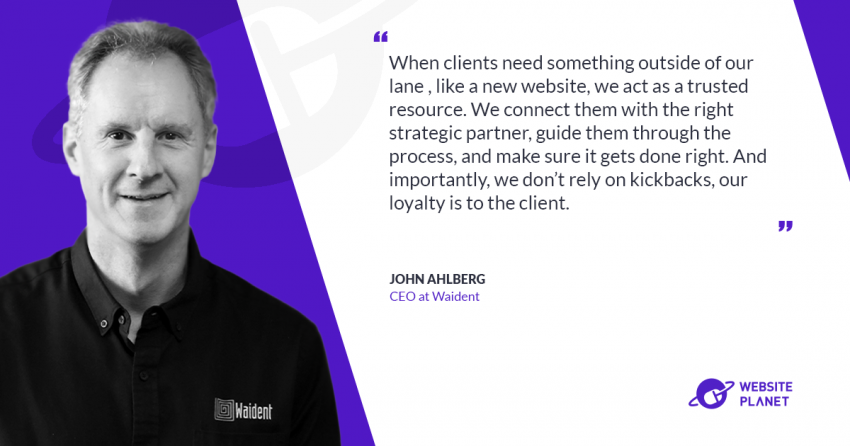Please tell me a little bit about your background before you joined PractiTest.
I think my relevant background began when I co-founded a company called Cahoots back in 1999. It was supposed to be a game-changer like ICQ, so I moved to the US, where I took the position of VP of R&D. However, after nearly a year in that position (and 3 years after co-founding Cahoots), I decided that the company was not going in a direction I felt strongly about, so I resigned and returned to Israel. I had earned my Computer Science degree prior to co-founding Cahoots, so at this point, I decided to diversify my knowledge. I wanted to learn more about the business side of running a company to better understand what we did wrong at Cahoots, so I returned to Tel Aviv University for my MBA. After graduating, I went on to hold the position of CTO at several small companies. Around 2008, I was talking with Joel (Joel Montvelisky, Product & Solution Architect at PractiTest) and at the time we believed that SaaS (Software as a Service) would be the next big thing and the best way to offer businesses a new kind of testing solution. While we understood the necessity, this was before even Amazon had AWS, so we had to rent VPC servers elsewhere and convince prospects to put their data on the cloud. Back then that was kind of a tough sell, but now we’re getting calls from companies that understand this is part of the strategy and want to move to the cloud.What, in your opinion, goes into creating a good testing plan?
A good testing plan includes testing anything that will provide you with enough information to make qualified decisions.What type of companies can benefit from PractiTest?
PractiTest is for any organization that has a testing team, or people that need to test software. It is not only for software development companies but also for companies that purchase software elsewhere and need to verify that their IT’s customizations are working as expected. For example, a company like Wendy’s uses PractiTest to ensure that all the internally developed software running their business is working correctly and providing the functionality they and their customers expect every day.How is PractiTest involved in the testing process?
Whether a company does its testing manually (scripted or exploratory) or with automated tools, any information they put into our solution will make it easier for them to see, collect and manage all the data.So, once a company has decided which areas of a product need testing and have planned the test, they can begin to document and organize it with PractiTest. We save companies a lot of time by providing the ability to share who is running what tests on which components, distributing testing results, and allowing them to slice and dice the information for statistics and reports.
It’s comparable to a CRM. Let’s say that there is a segment of prospects I want to call. My CRM will show me which prospects need to be called, but it cannot make the calls for me. Once I’ve made the calls, I can add all my notes and data inside the CRM. Now I can analyze aspects such as what percentage of those prospects eventually became customers and use that data to come to better decisions about how to do things in the future. It’s similar with PractiTest and testing.
You’ll use PractiTest to plan what you want to do during testing, and it can help you manage who needs to do what and when. If I’m a tester, I can immediately see any tasks that have been assigned to me. During my work, I can enter the data into PractiTest, so now everybody in my company, not only the testing or development teams, can see what testing I’ve done and the respective outcomes.
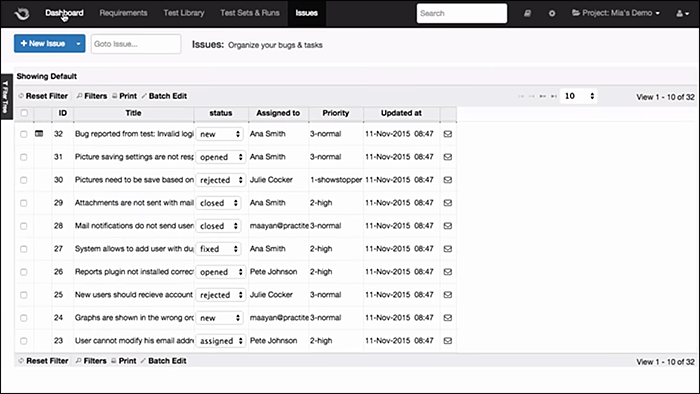
What happens when a tester finds an issue and the software if not ready to be rolled out?
When a tester finds an issue, it doesn’t necessarily mean that the software is not ready. All software has bugs and issues. Some bugs are not critical, and the product can continue, while others are critical and can bring a product to a standstill. But at least now everybody knows about these issues, and somebody from product can review them and decide what to do. Do they want to keep this version, and if not, which items need to be resolved and in what order? With PractiTest, enabling the logging and managing of these issues, informed business decisions on how to proceed can now be made.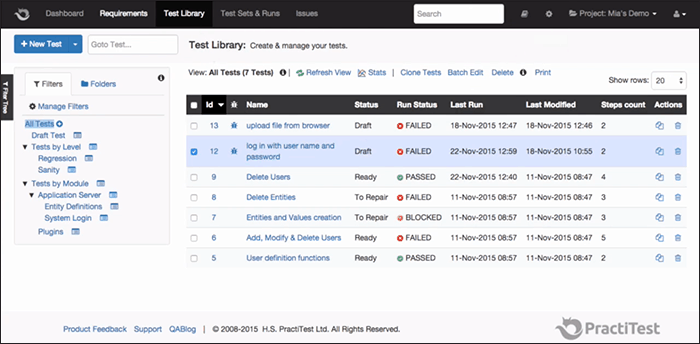
So PractiTest is integrated and configured to make sure that everyone involved in certain areas of testing is kept informed?
Yes. PractiTest can generate reports and dashboards showing all the issues that were found and in what time frame. Reports can be set up to be recurring, so you can see traceability and ascertain which tests uncovered which bugs, and when they were fixed. Dashboards can be configured to see inside PractiTest or out, with the up to date testing data. Additionally, alerts can be set up to send notification from the system in events such as a failed test, for example. In most companies, if a developer says he corrected a bug, someone from QA will run a verification process, and everyone will see that it was resolved. But it’s “human” work to look at the reports, verify that the bugs were fixed and redo any testing. PractiTest will not do it automatically for you, but it gives you the ability to find and track these important issues very quickly and efficiently.